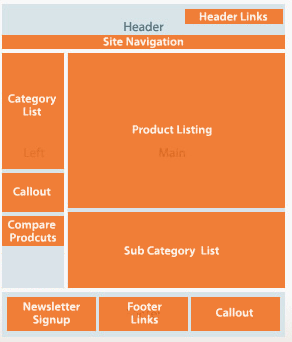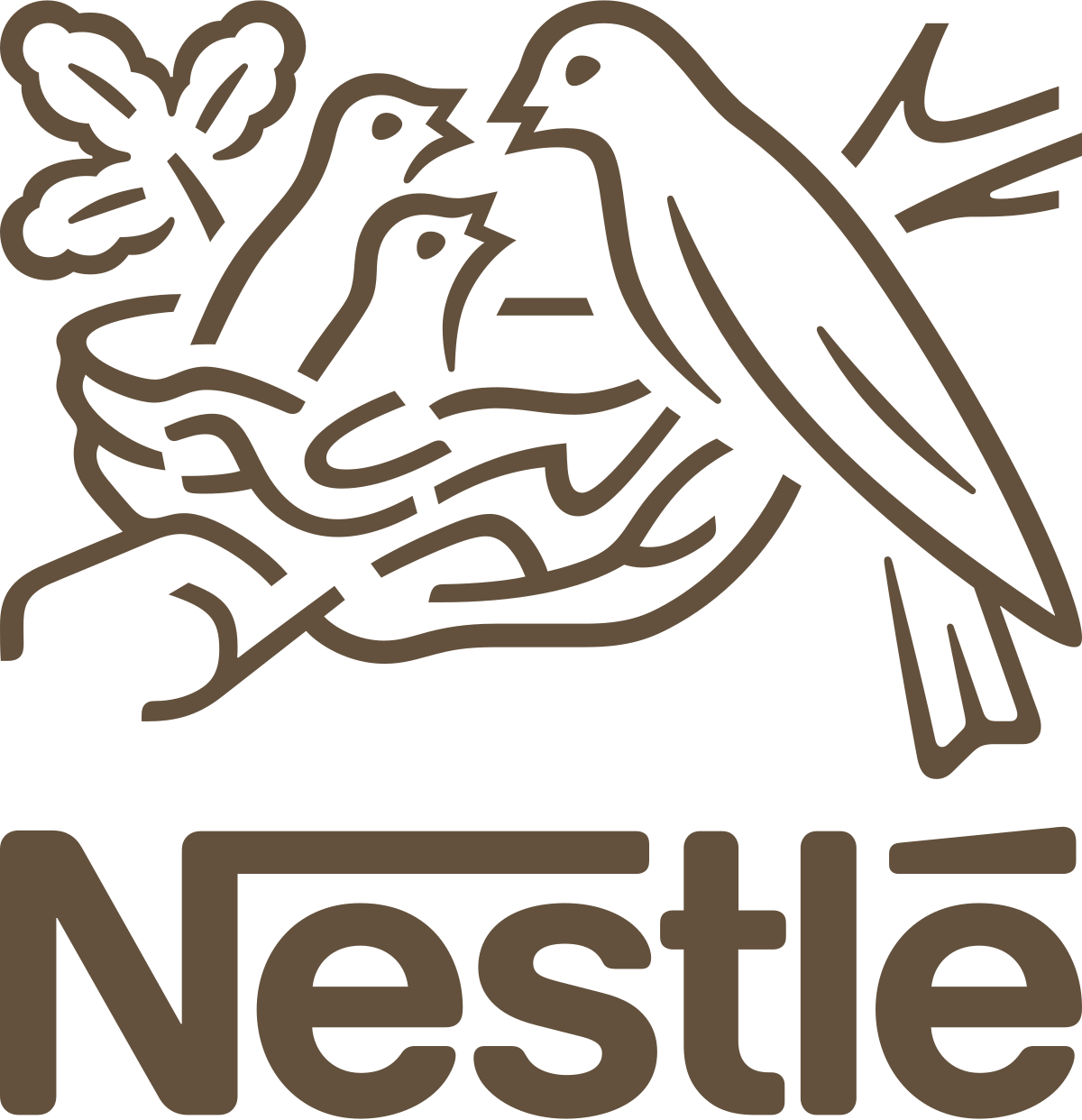How To Create Magento 2 Theme
A theme defines how the elements and overall website are displayed to users. It integrates custom templates, layouts, styles, and graphics to provide a cohesive experience for a Magento store. There are several ways to create custom themes in Magento 2. You can use Magento Theme Builder Software, such as TemplateToaster, or opt for manual coding. This process utilizes the theme.xml file, introduced in Magento 1.9, and employs a new folder structure in Magento 2. This structure allows for the selection of unlimited parent themes to inherit from, as well as the ability to configure the theme.xml file in your theme.
For instance, if you wish to create a new theme based on the Magento “Blank” theme, you would start by creating a new folder in app/design/frontend for example, Mavenbird/simple. Then, you would create a theme.xml file in this directory, specifically at app/design/frontend/Mavenbird/simple. It is advisable to copy this file from app/design/frontend/Magento/blank/theme.xml, as you will be basing your new theme on Magento 2 Blank theme.

9 Simple Steps To Create Magento 2 Theme:
- Creating a Magento theme folder
- Declare your theme
- Composer package
- registration.php file
- Creating static files, folders
- Configure catalog product images
- Declare Theme Logo
- Basic layout elements
- Layout files types and conventions
So your app/design/frontend/mavenbird/theme.xml file should look something like this:
Mavenbird Simple Magento/blank
Theme structure
Theme Folder structure
app/design/frontend/Mavenbird/
├── simple/
│ ├── etc/
│ │ ├── view.xml
│ ├── web/
│ │ ├── images
│ │ │ ├── logo.svg
│ ├── registration.php
│ ├── theme.xml
│ ├── composer.json
1. Creating a Magento theme folder
- Go to app/design/frontend
- Create a vendor folder: app/design/frontend/vendor, e.g: app/design/frontend/Mavenbird
- Create a theme folder: app/design/frontend/vendor/theme, e.g: app/design/frontend/Mavenbird/simple
app/design/frontend/
├── Mavenbird/
│ │ ├──simple/
│ │ │ ├── ...
│ │ │ ├── ...
2. Declare your theme
- Now that you have the folder app/design/frontend/Mavenbird/simple, create a file named theme.xml.
- This file defines basic information about your theme, including:
- Name: The name of your theme.
- Parent theme: Specify if your theme inherits from an existing theme.
- Preview image: An image to represent your theme visually.
Mavenbird Simple Magento/blank media/preview.jpg
3. Composer package
Composer is a tool used for managing dependencies in PHP. It enables you to specify the libraries that your project requires, and it takes care of installing or updating them accordingly.
If you want to distribute your theme as a package, you need to add a composer.json file to your theme's directory and register the package on a packaging server.
Here’s an example of a composer.json file:
{
"name": "mavenbird/simple",
"description": "N/A",
"require": {
"php": "~5.5.0|~5.6.0|~7.0.0",
"magento/theme-frontend-blank": "100.0.*",
"magento/framework": "100.0.*"
},
"type": "magento2-theme",
"version": "100.0.1",
"license": [
"OSL-3.0",
"AFL-3.0"
],
"autoload": {
"files": [
"registration.php"
]
}
}
4. registration.php file
You can add the following content to register the theme to Magento 2
/**
* Copyright © 2015 Magento. All rights reserved.
* See COPYING.txt for license details.
*/
\Magento\Framework\Component\ComponentRegistrar::register(
\Magento\Framework\Component\ComponentRegistrar::THEME,
'frontend/Mavenbird/simple',
__DIR__
);
You should change Mavenbird, simple to your vendor, theme name.
5. Creating static files, folders
A design typically includes various static files like JavaScript, CSS, images, and fonts. These files are organized into different folders within the web directory of the theme package.
Below is the folder structure:
app/design//Mavenbird/simple/ ├── web/ │ ├── css/ │ │ ├── source/ │ ├── fonts/ │ ├── images/ │ ├── js/
Tips
In Magento 2, when developing a theme or extension, if you modify any files within the app/design/<area>/Mavenbird/simple/web folder, you need to clear the static files located in pub/static and var/view_preprocessed. Otherwise, the changes will not be reflected on the frontend.
6. Configure catalog product images
As highlighted in the theme structure mentioned earlier, there is a file named etc/view.xml, which serves as a configuration file. This file is mandatory for a Magento 2 theme but can be optional if it already exists in the parent theme.
To add this file, navigate to app/design/area/Mavenbird/simple/ and create an etc folder along with a view.xml file inside it. You can copy the view.xml file from the parent theme, such as the Blank theme, located at app/design/frontend/Magento/blank/etc/view.xml.
Now, let's proceed with updating the image configuration for the catalog product grid page.
250 250
In view.xml, image properties are configured in the scope of element:
...
Image properties are set for each image type, which is specified by the id and type attributes of the <image> element:
100 100
7. Declare Theme Logo
In Magento 2, the default logo is located at theme_dir/web/images/logo.svg. In your theme, you have the option to change it to different file formats such as PNG or JPG, but you must declare the new format.
The logo size should be set to 300x300 pixels. To do this, open the file theme_dir/Magento_Theme/layout/default.xml.
images/custom_logo.png 300 300
8. Basic layout elements
The fundamental components of Magento page design are blocks and containers.
A container serves the primary function of defining the content structure of a page. It does not contain any additional content other than the content of the included elements. Examples of containers include the header, left column, main column, and footer.

9. Layout files types and conventions
Module and theme layout files are categorized using the following terms to differentiate the layouts offered by various application components:
Base layouts: These are layout files provided by modules, typically found in the following conventional locations:
- Page configuration and generic layout files: module_dir/view/frontend/layout
- Page layout files: module_dir/view/frontend/page_layout
Theme layouts: These are layout files provided by themes, and their conventional locations are as follows:
- Page configuration and generic layout files: theme_dir/Namespace_Module/layout
- Page layout files: theme_dir/Namespace_Module/page_layout
Create a theme extending file
Instead of copying extensive page layout or page configuration code and modifying it to suit your needs, Magento allows you to create an extending layout file that contains only the changes you wish to implement.
To add an extending page configuration or generic layout file:
theme_dir
|__/Namespace_Module
|__/layout
|--layout1.xml
|--layout2.xml
For example, to customize the layout defined in Magento_Catalog_module_dir/view/frontend/layout/catalog_product_view.xml, you need to add a layout file with the same name in your custom theme, as follows:
theme_dir/Magento_Catalog/layout/catalog_product_view.xml
theme_dir
|__/Namespace_Module
|__/page_layout
|--layout1.xml
|--layout2.xml
Override base layouts
Overriding is not required if a block has a method that negates the effect of the originally invoked method. In such cases, you can customize the layout by adding a layout file that invokes the canceling method.
To add an overriding base layout file (to override a base layout provided by the module), place a layout file with the same name in the following location:
theme_dir
|__/Namespace_Module
|__/layout
|__/override
|__/base
|--layout1.xml
|--layout2.xml
These files override the following layouts:
- module_dir/view/frontend/layout/layout1.xml
- module_dir/view/frontend/layout/layout2.xml
Override theme layouts
To add an overriding theme file (to override a parent theme layout):
theme_dir
|__/Namespace_Module
|__/layout
|__/override
|__/theme
|__/Parent_Vendor
|__/parent_theme
|--layout1.xml
|--layout2.xml
These files override the following layouts:
- parent_theme_dir/Namespace_Module/layout/layout1.xml
- parent_theme_dir/Namespace_Module/layout/layout2.xml
Creating a Magento 2 theme involves defining its structure and customizing the appearance of your store. Begin by setting up the necessary directories and configuration files to establish your theme.
Next, implement your design elements, including layouts, styles, and templates, to create a unique shopping experience. Finally, test your theme thoroughly to ensure it works seamlessly across all devices.










Please complete your information below to login.